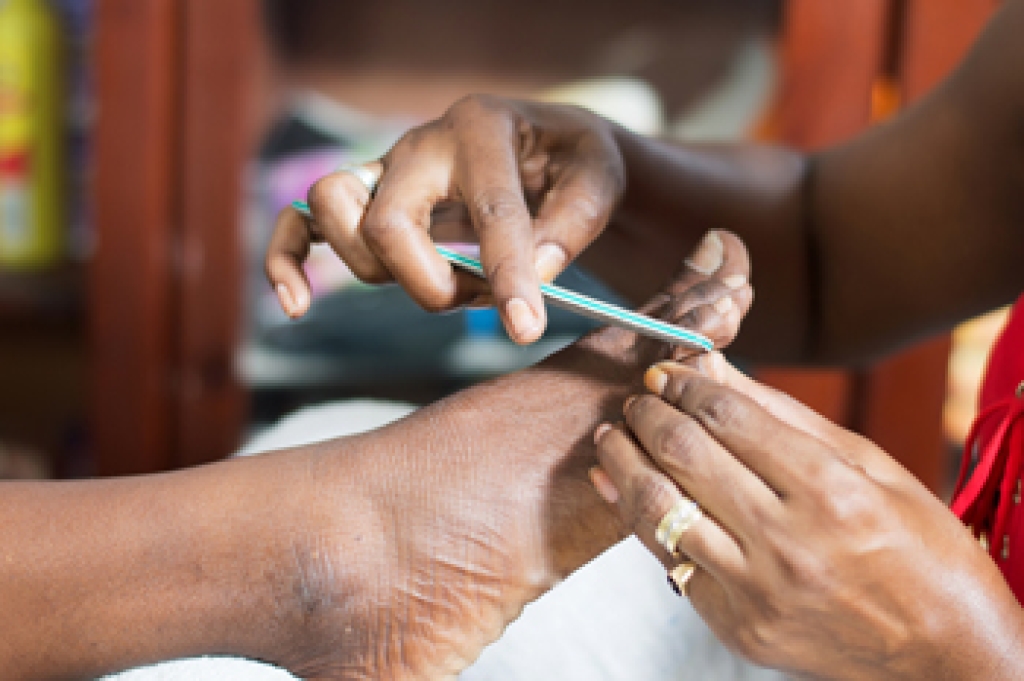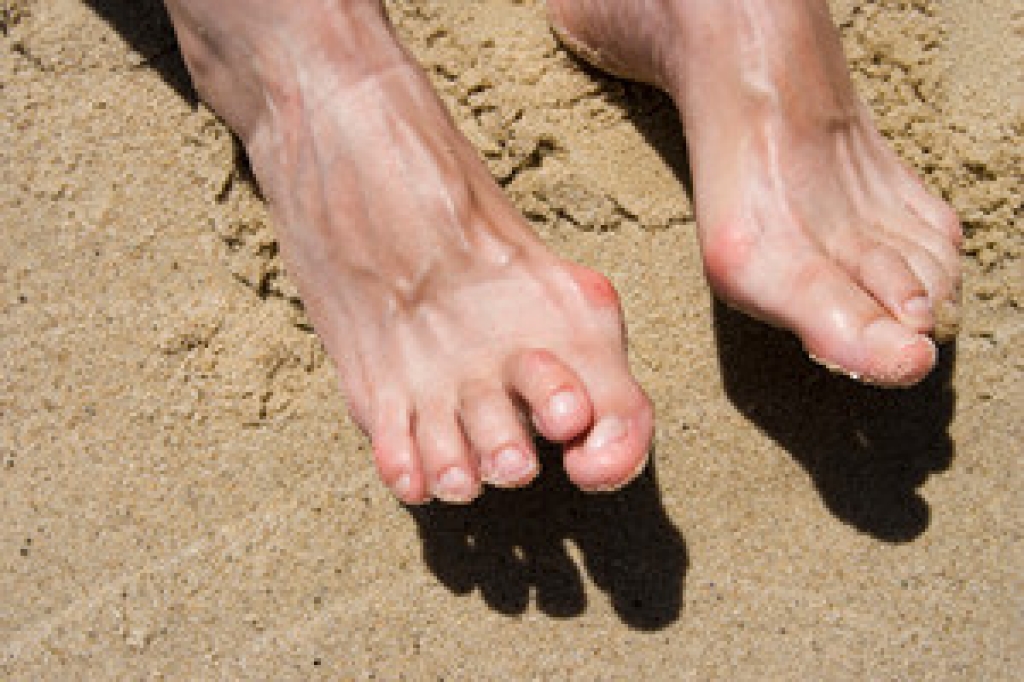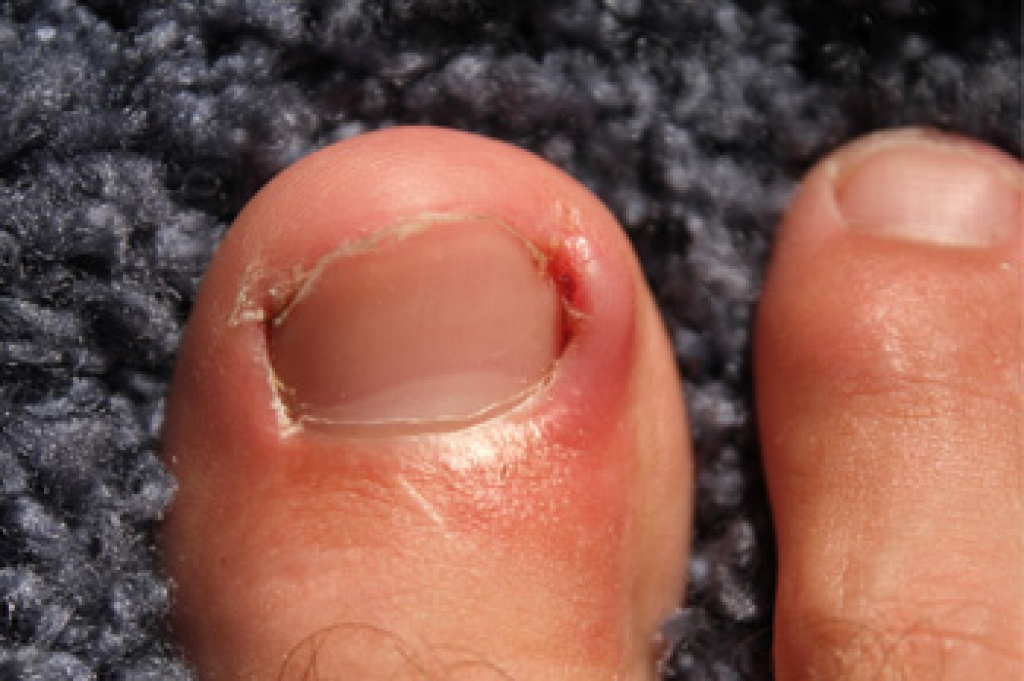 Patients who are diabetic may be aware of specific foot ailments that may develop as a result of this condition. If the sugar levels in the blood become elevated, the nerves in the feet may become damaged, which may be followed by a loss of sensation. Minor conditions, which may include blisters, corns, bunions or calluses, may become serious issues to contend with, and this may be a result of the inability to feel the pain that may be associated with these ailments. Research has indicated the importance of taking care of diabetic feet properly, and this may include trimming the toenails correctly and often, as well as washing and drying the toes thoroughly, which may prevent fungal infections from developing. If you are a diabetic patient, it is strongly suggested to schedule a consultation with a podiatrist who can properly treat foot conditions related to diabetes.
Patients who are diabetic may be aware of specific foot ailments that may develop as a result of this condition. If the sugar levels in the blood become elevated, the nerves in the feet may become damaged, which may be followed by a loss of sensation. Minor conditions, which may include blisters, corns, bunions or calluses, may become serious issues to contend with, and this may be a result of the inability to feel the pain that may be associated with these ailments. Research has indicated the importance of taking care of diabetic feet properly, and this may include trimming the toenails correctly and often, as well as washing and drying the toes thoroughly, which may prevent fungal infections from developing. If you are a diabetic patient, it is strongly suggested to schedule a consultation with a podiatrist who can properly treat foot conditions related to diabetes.
Diabetic foot care is important in preventing foot ailments such as ulcers. If you are suffering from diabetes or have any other concerns about your feet, contact Larry J. Kipp, DPM from Coastal Podiatry Center. Our doctor can provide the care you need to keep you pain-free and on your feet.
Diabetic Foot Care
Diabetes affects millions of people every year. The condition can damage blood vessels in many parts of the body, especially the feet. Because of this, taking care of your feet is essential if you have diabetes, and having a podiatrist help monitor your foot health is highly recommended.
The Importance of Caring for Your Feet
- Routinely inspect your feet for bruises or sores.
- Wear socks that fit your feet comfortably.
- Wear comfortable shoes that provide adequate support.
Patients with diabetes should have their doctor monitor their blood levels, as blood sugar levels play such a huge role in diabetic care. Monitoring these levels on a regular basis is highly advised.
It is always best to inform your healthcare professional of any concerns you may have regarding your feet, especially for diabetic patients. Early treatment and routine foot examinations are keys to maintaining proper health, especially because severe complications can arise if proper treatment is not applied.
If you have any questions, please feel free to contact our office located in New Port Richey, FL . We offer the newest diagnostic and treatment technologies for all your foot care needs.





